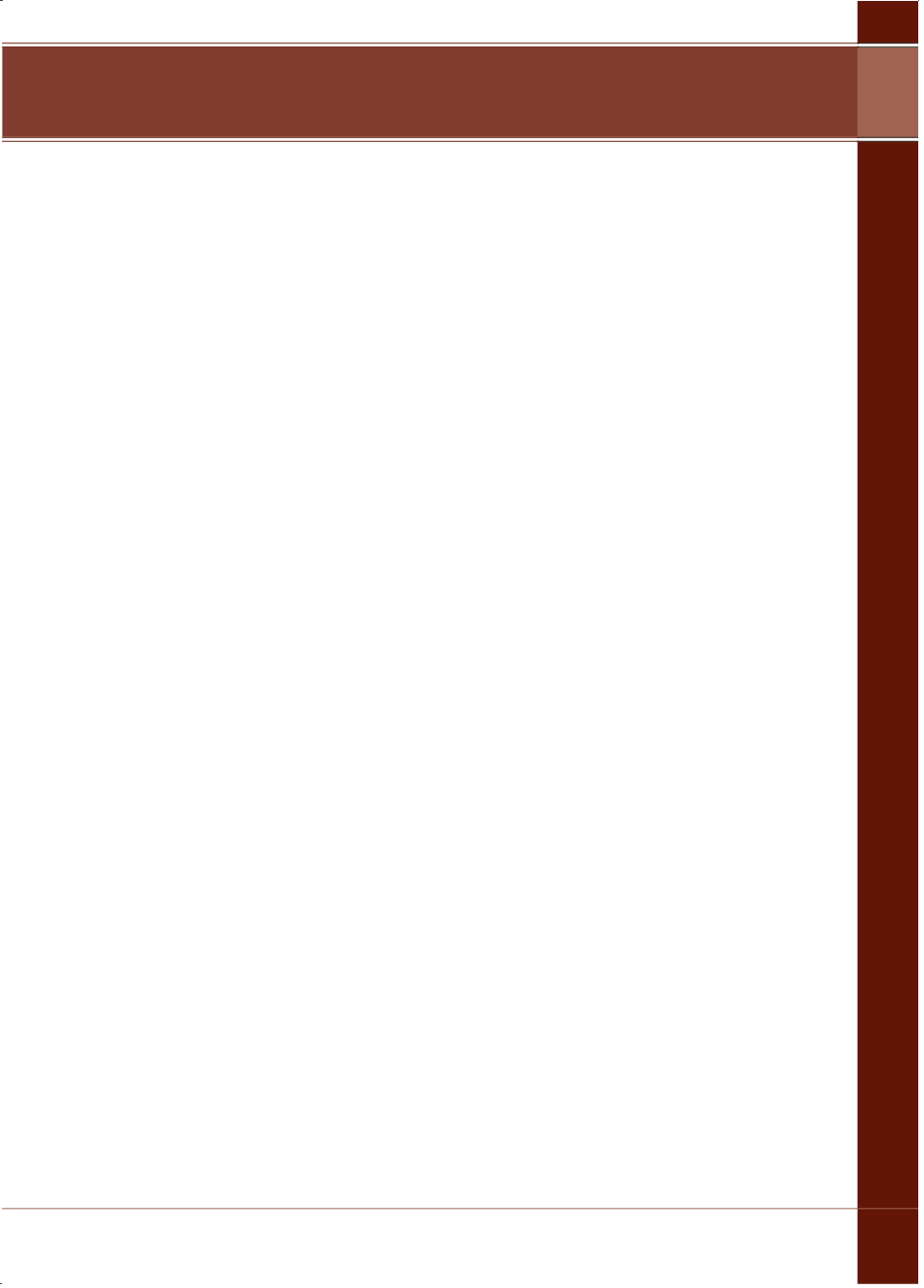

371
HELPINGSEARCHANDRESCUE
Shouldyouhave tomakea forced landing,manyof theplanninghints
mentionedpreviouslywill helpAMSAfindyouquickly, for example:
• the searchwill take account of the forecast and actual weather conditions;
• the searchwill be based on the information you gave in your flight
notification form or flight note, plus, if necessary, the performance figures
of your aircraft;
• the areawhichwill be searched firstwill normally be10nm either sideof
your planned route.
Other thingswhichyoucando tohelpyourself and theAMSAorganisation
in thesecircumstancesare:
• staywith your aircraft (see also ‘Hints for Survival’ pages);
• carry a heliograph ormirror to signal search aircraft by day and an electric
torch for use at night (heliographs are available atmost army disposal
stores or camping stores);
• carrymatches or a cigarette lighter, a pocket compass, knife and first
aid kit, andwearwarm clothing inwinter (a space blanket is a cheap
lightweight alternative to a blanket);
• always carrywater, and take extra supplies if you are flying over hot arid
areas; and
• carry a ‘survival food kit’ of high calorie food items (e.g. sweets, raisins,
nuts, VitaminC tablets, etc) packed in a small waterproof container.
Read theother survival hints inERSAEMERGSectionand in the
succeedingpagesof thisGuide.
REMEMBER - ITCANHAPPENTOYOU –BUT ITNEEDNOTBE
ATRAGEDY
Apilotwhodoesnot hold an instrument ratingorwho isflying an aircraft not
equipped for instrument flight hasnoplace in adverseweather. However, there
aremanyoccurrenceswhereVFRpilotsfind themselves inweatherwhich is
below theminima specified for VisualMeteorological Conditions (VMC).
Such occurrences are generally the result of poor planning for safety and too
frequently end in tragedy.
VFRflight inweatherwhich isbelowVMC isNOTPERMITTED.
planning
5 – P LANN I NG

















